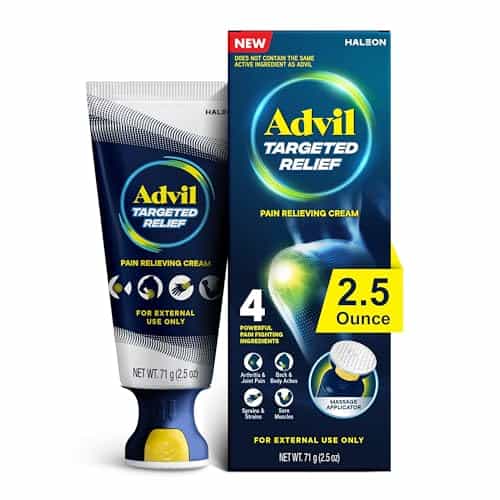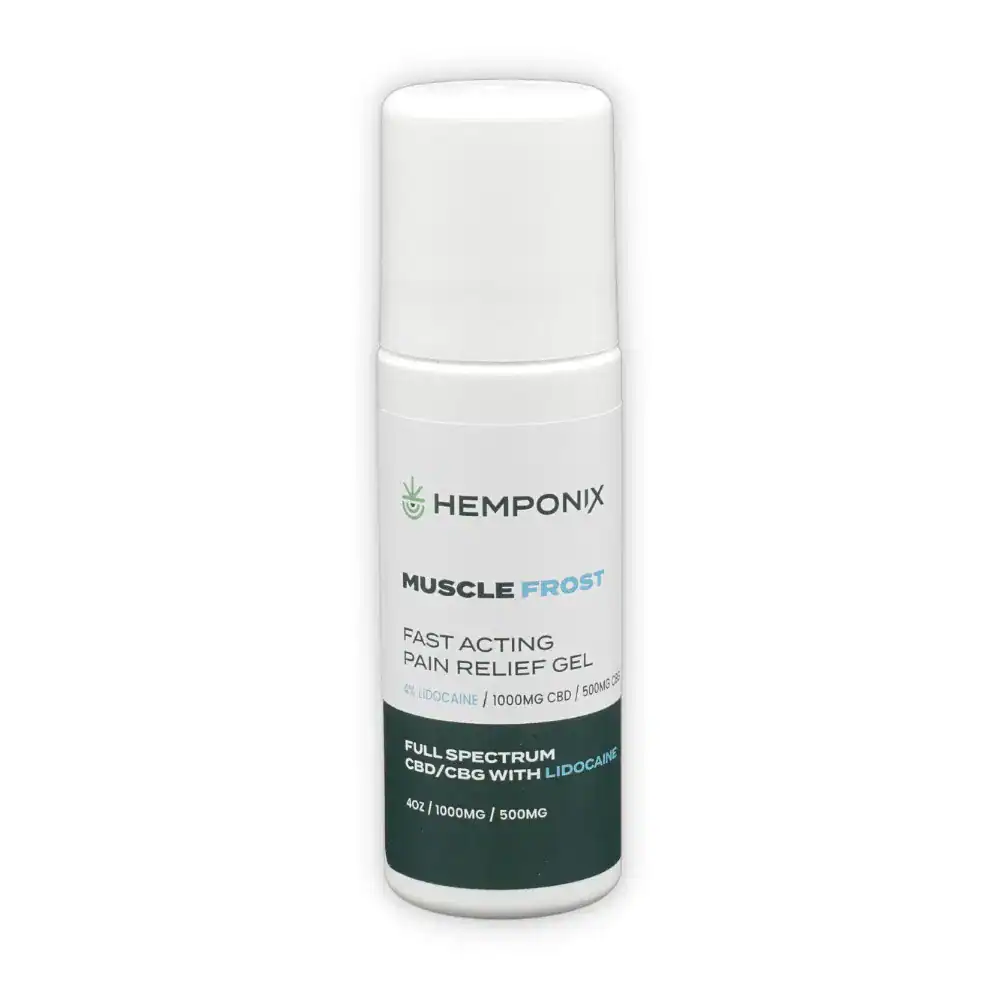Comprehensive Guide on Low Back Pain and Relief Using Back Patches
Low Back Pain Patches: Causes, Relief, And Benefits
Low back pain affects millions of people worldwide, presenting as anything from occasional discomfort to chronic, debilitating conditions. The causes of this pain are diverse, ranging from muscle strain and poor posture to more serious issues like herniated discs or arthritis. For effective relief, understanding the root cause is essential. Pain-relief patches, such as those infused with lidocaine, offer a targeted method to manage symptoms by numbing the affected area and reducing pain signals. These patches provide a convenient and localized solution for temporary relief. However, consulting a medical professional is crucial to properly diagnose the cause of your pain and ensure you’re using the most effective treatments. Let’s explore the various factors behind low back pain, the benefits of using patches as a remedy, and the importance of seeking expert advice for long-term health.

Key Takeaways
- Identify the Cause: Low back pain can result from muscle strain, herniated discs, or chronic conditions. Proper diagnosis is essential.
- Effective Relief with Patches: Back patches, especially those containing lidocaine, offer localized, temporary relief by numbing pain at its source.
- Safe Usage is Crucial: Always follow instructions for patch application to avoid complications or ineffective results.
- Work With a Doctor: Consult your doctor to address the root cause of pain and incorporate patches into a broader treatment plan.
- Explore Alternatives: Complement patches with other treatments like physical therapy, topical creams, or lifestyle adjustments for a long-term solution.
Causes of Low Back Pain
Understanding the causes of low back pain is essential for finding suitable relief options. Here are the most common reasons:
- Muscle Strain or Ligament Sprain
Overexertion, improper lifting, or sudden awkward movements can stretch or tear muscles or ligaments in the lower back, leading to sharp or dull pain.
- Herniated or Bulging Discs
Spinal discs act as cushions between the vertebrae. Wear and tear, injury, or aging can lead to herniated or bulging discs, which may press on nerves and cause significant pain.
- Sciatica
When the sciatic nerve is compressed, often by a herniated disc, it causes lower back pain that radiates through the buttocks and down the legs.
- Degenerative Conditions
Conditions like osteoarthritis or degenerative disc disease can lead to chronic back pain by causing joint stiffness and inflammation.
- Injuries and Trauma
Falls, car accidents, or sports-related injuries can strain the spine, muscles, or nerves, leading to sharp or long-lasting pain.
- Postural Issues or Sedentary Lifestyle
Slouching, prolonged sitting, or lack of activity can weaken back muscles, increasing the likelihood of discomfort and long-term pain.
- Medical Conditions
- Fibromyalgia: Causes widespread pain, including in the back.
- Spinal Stenosis: Narrowing of the spine places pressure on nerves.
- Kidney Problems: Kidney stones or infections can sometimes mimic back pain.
Affiliate Disclosure– Some of the links contained within this article may contain affiliate links. This means if you click one and make a purchase, I may earn a small commission at no additional cost to you. This commission helps support my site and keeps me motivated. Thank you in advance!
How Back Patches Help with Pain Relief
Back patches, especially those infused with lidocaine, offer a unique and practical approach to managing low back pain. Here’s how and why they work:
What Are Pain Patches?
Pain patches are adhesive strips with active ingredients, such as lidocaine, that reduce pain by numbing nerve endings or improving blood flow to the affected area. They directly target the skin and act locally, unlike systemic medications like pills.
Benefits of Lidocaine in Back Pain Relief
- Anesthetic Effect: Lidocaine is a local anesthetic that interrupts pain signals at their source, effectively numbing the affected area.
- Localized Pain Relief: It focuses on the exact area causing discomfort without affecting other parts of your body.
- Longer Duration of Effectiveness: Lidocaine patches can alleviate pain for several hours compared to creams or gels. Prescription patches last up to 12 hours, while over-the-counter (OTC) versions work for up to 8 hours.
- Minimal Side Effects: When used as directed, these patches usually have fewer side effects compared to oral pain medications.
Types of Pain Addressed by Patches
Lidocaine patches have been found useful for:
- Chronic Lower Back Pain: Helps manage ongoing discomfort caused by arthritis or degenerative conditions.
- Localized Pain: Ideal for disc-related issues or small, specific areas of back pain.
- Nerve-Related Pain (Neuropathy): Provides symptom relief for nerve sensitivity or hyperalgesia (increased pain sensitivity).
Application Steps for Pain Patches
Proper use of back pain patches ensures optimal relief. Follow these steps:
- Prepare the Area: Wash and dry the skin where the patch will be applied. Avoid areas with cuts, lesions, or rashes.
- Trim Excess Hair: If applying on a hairy area, trim (don’t shave) the hair for better adhesive contact.
- Apply the Patch: Remove the protective backing and press the patch firmly onto the skin over the painful area.
- Limit Application Time:
- Prescription patches: Maximum of 12 hours on, followed by 12 hours off.
- OTC patches: Up to 8 hours of use.
- Dispose Properly: Fold the patch to seal in any remaining medication and discard it safely out of children’s reach.
Precautions and Consulting a Doctor
While pain patches like lidocaine can ease symptoms, it’s crucial to consult with a healthcare provider for the following reasons:
- Diagnose the Cause of Pain: Low back pain can stem from serious conditions like fractures, tumors, or infections that patches alone cannot treat.
- Avoid Side Effects: Overuse or improper application of lidocaine patches can lead to redness, irritation, or systemic side effects.
- Complement Other Treatments: Doctors may recommend physical therapy, medications, or lifestyle changes alongside back patches for a comprehensive approach.
Alternatives for Back Pain Relief
If lidocaine patches are not suitable or effective, other options include:
- Topical Creams or Gels: Containing menthol or capsaicin to reduce inflammation and block pain sensations.
- Heating or Cooling Pads: Heat relaxes muscles, while cold therapy reduces inflammation.
- Physical Therapy: Strengthens lower back muscles and improves posture, reducing pain in the long run.
- Oral Pain Medications: Nonsteroidal anti-inflammatory drugs (NSAIDs) for more severe pain management.
- Injections: Cortisone injections may be recommended for inflammation-related pain.
- Lifestyle Changes: Regular exercise, ergonomic work setups, and weight management help prevent and reduce back pain.
Back Patch FAQ’s
Can back patches cure low back pain?
No, back patches are not a cure. They provide temporary relief by managing symptoms. It's essential to address the underlying cause of the pain with a healthcare provider.
Are lidocaine patches safe to use?
Lidocaine patches are generally safe when used as directed. However, improper use (leaving them on too long or overusing them) can lead to skin irritation or potential side effects. Always follow instructions.
Who should not use back pain patches?
Back patches may not be suitable for people with allergies to the ingredients, broken or irritated skin, or certain medical conditions. Pregnant or breastfeeding women should consult a doctor first.
How long can I wear a lidocaine patch?
Prescription lidocaine patches can be worn for up to 12 hours, followed by a 12-hour break. Over-the-counter (OTC) patches can last for about 8 hours.
Are back patches effective for all types of pain?
No, they work best for localized pain, such as chronic lower back pain, arthritis, or nerve-related pain. They may not be effective for widespread or systemic pain.
Can I use back pain patches alongside other treatments?
Yes, back patches are often used as part of a broader pain management plan, including physical therapy, medications, or lifestyle changes. Always consult your doctor to ensure compatibility with other treatments.
Can I purchase back patches without a prescription?
Yes, OTC back patches are available with lower doses of active ingredients. Higher-strength options usually require a prescription.
Are there side effects of back pain patches?
Possible side effects may include skin irritation, redness, or a burning sensation at the application site. If severe reactions occur, discontinue use and consult a doctor.
Can I sleep with a back pain patch on?
Some patches, particularly OTC versions, are safe to wear while sleeping, provided they don’t exceed the recommended usage time. Always check the instructions on the product label.
When should I see a doctor for low back pain?
If your pain persists for more than a few weeks, worsens over time, or is accompanied by symptoms like weakness, numbness, or fever, consult a healthcare professional immediately.
Final Thoughts
In conclusion, managing low back pain requires a balanced approach that combines effective pain relief techniques with professional medical guidance. Utilizing options like pain-relief patches, such as those containing lidocaine, can provide targeted, temporary relief for discomfort. These solutions work best when paired with a deeper understanding of the root cause of your pain. Consulting a healthcare provider is essential to ensure accurate diagnosis and to create a personalized treatment plan that may include lifestyle changes, physical therapy, or other complementary treatments. By addressing both the symptoms and their underlying causes, you can effectively reduce pain, prevent the risk of further complications, and enhance your overall quality of life. Taking a proactive, informed, and guided approach ensures that relief is both safe and sustainable, allowing you to regain control over your daily activities and long-term well-being.
Low Back Pain Relief Suggestions
Last update on 2025-06-03 / Affiliate links / Images from Amazon Product Advertising API






